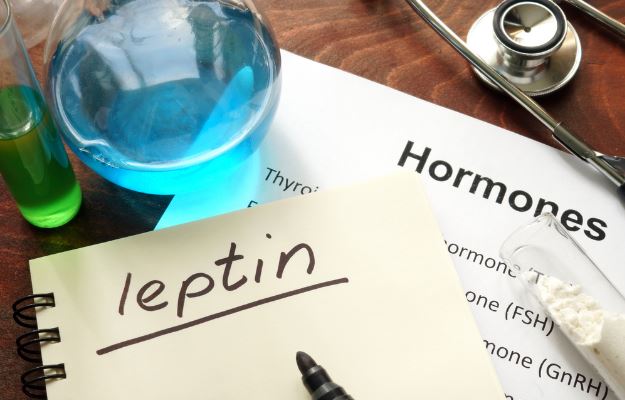Gram flour, chickpea flour or simply besan is commonly found in almost every kitchen in India. Made from ground roasted chickpeas, besan serves as a staple in various areas in the country. It has a distinct nutty flavour that makes it a delectable option for both desserts and savoury delicacies. Chickpea flour is rich in proteins, fats, fibres and vitamins and has a lower carb content than wheat flour.
Apart from cooking, gram flour is also used as a face wash and exfoliant. The flour is mixed with various ingredients to make a nourishing and natural face scrub that is said to be good for removing dead skin cells and giving a glow to the skin.
But besan also has several other health benefits - both known and not so known.
Here is all you need to know about chickpea flour or besan.













